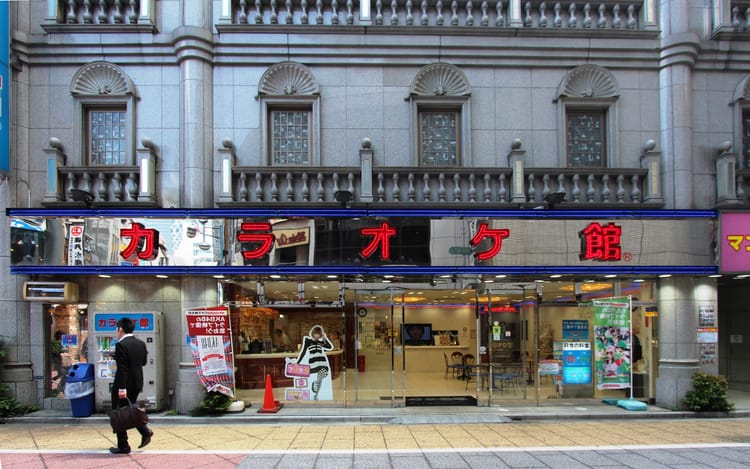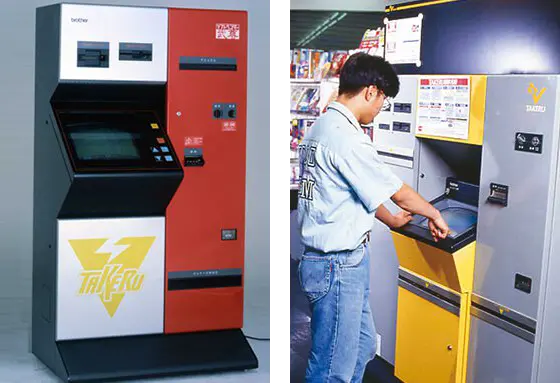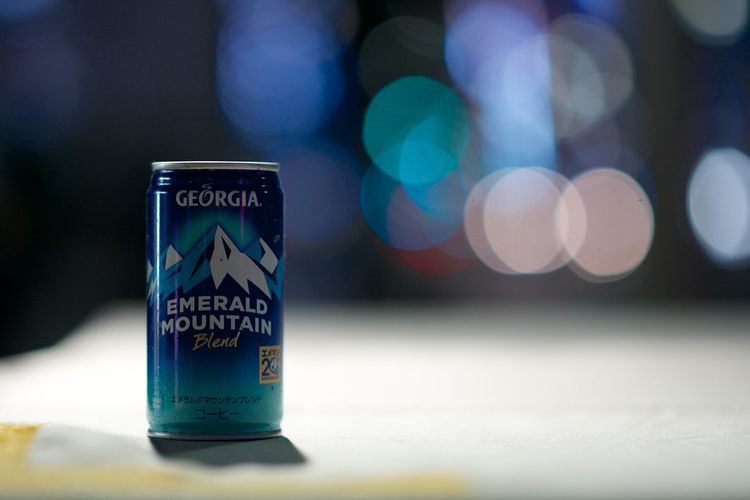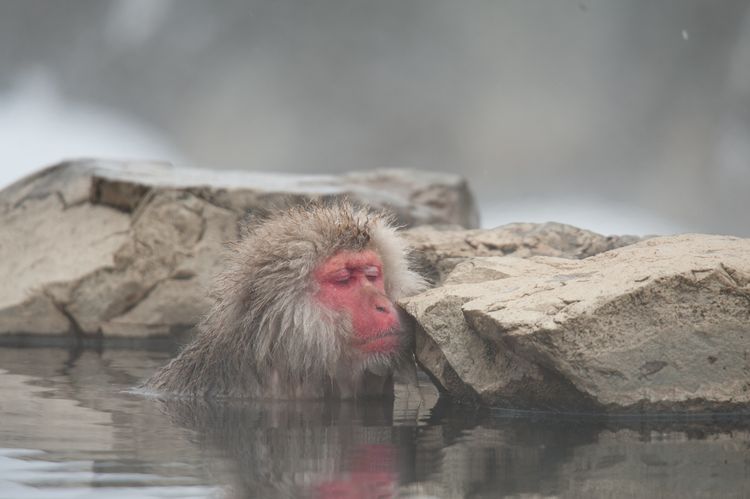$450 for a School Bag?!
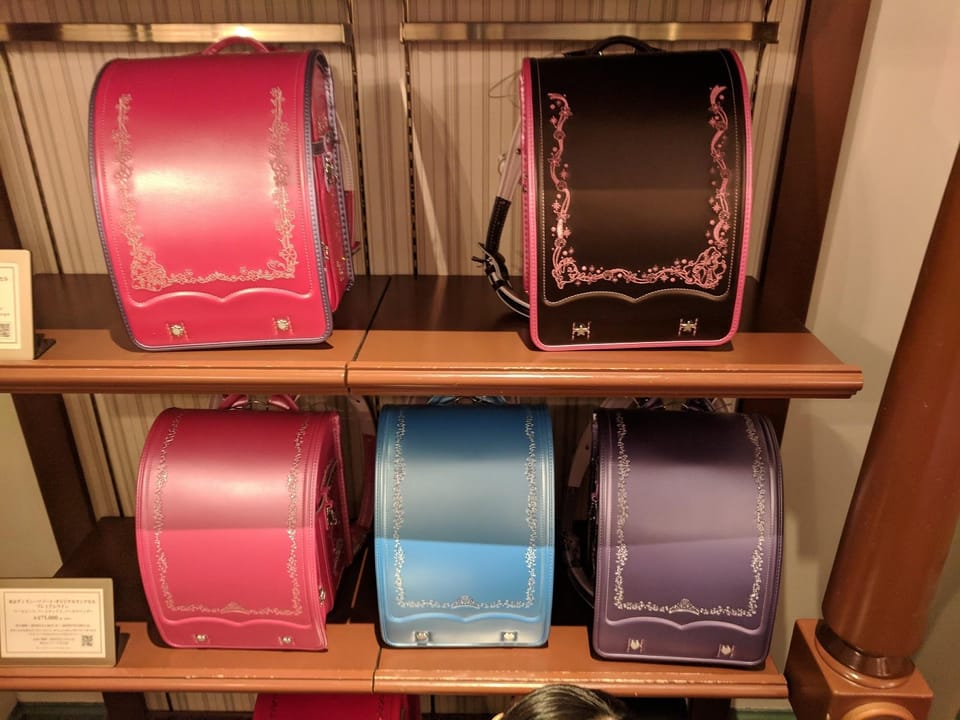
Every year, around March, a curious social custom occurs in Japanese families.
Parents of kids entering elementary school visit the grandparents and gingerly tread the topic of buying the kids a very expensive item: a randoseru.
And gingerly they must tread. The randoseru, a Japanese school bag, costs a whopping 60,000 yen ($450) on average.
It is customary for grandparents to pay for these expensive bags and they are usually more than happy to.
History
During the Meiji Reforms of the late 1800s, Japan aimed to modernize and demonstrate to the world that it was as advanced a country as any other.
One tiny part of these reforms was the introduction of the rucksack (ransel in Dutch) for soldiers to carry their baggage.
After a few rounds of bastardization, ransel became “randoseru” in Japanese.
Now, another part of the reforms was revamping the education system. Several modern schools were established to this end. Most of the initial students were children of the affluent and aristocrats, who could afford such luxuries (and would then go on to occupy top posts, but I digress).
Gakushuin was one such school in Tokyo.
Despite being a private school for the nobility, Gakushuin had a few slots for commoners. It also had very egalitarian principles.
The school recognized that education was the great leveler and that students from different walks of life would attend. They wanted all students feel equal in school.
Japanese students, for the longest time, took their books to school in a furoshiki. A furoshiki is a … versatile, rectangular piece of cloth. There simply wasn’t a concept of a school bag.
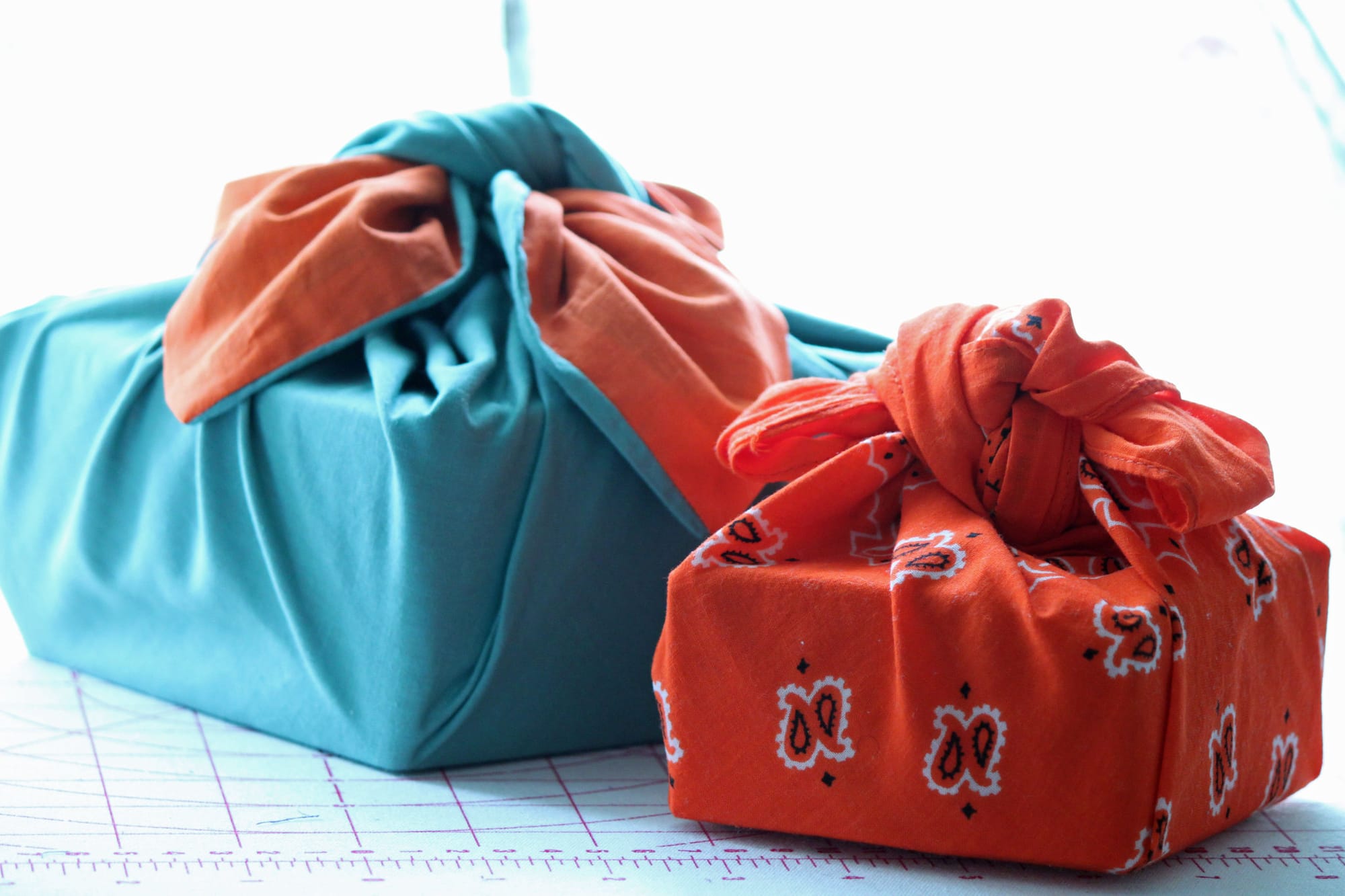
The children of the affluent would carry their books in, lol, no they didn't carry shite. They had their servants carry their books to school.
Gakushuin did not like this one bit. They wanted students to learn responsibility and imposed two rules: 1) No commuting by car, rickshaw, or horse and 2) Students had to carry their own books and notebooks in a randoseru.
At this point, the randoseru still looked like your old-school military satchel. The first box-shaped randoseru was presented by Prime Minister Hirobumi Ito to the Crown Prince Taisho as a gift for entering elementary school. This is the shape that has endured to this day.
Despite the crown prince’s endorsement, the randoseru was too expensive for most. Since it was made of leather, only the wealthy could afford one. It was only when artificial leather was introduced in the 1950s, that randoseru became affordable for most of the population and popular.
Ran-katsu
Choosing a randoseru is no simple decision. It is a serious, time-consuming affair, involving three generations of the family.
Japanese even has a word for it: “ran-katsu” (ラン活): ran- for randoseru and katsu for 活動 (activity).
Note: <something something>-katsu is a common Japanese thing. 就活 (‘shuu-katsu’) is the activity of looking for a job, 婚活 (kon-katsu) is trying to find a partner, 妊活 (‘nin-katsu’) is trying to conceive, and パパ活 (‘papa-katsu’) is … can you guess? Sugar daddying.
Given how expensive it is, a randoseru is used throughout the six years of elementary school.
Parents and elementary school-goers-to-be first request paper catalogs from randoseru makers and visit randoseru exhibitions to find out what the next year's fashion is going to be.
They then visit multiple randoseru showrooms to find which colors and designs they like and which sizes fit well. They then place their orders (which are non-cancellable) and wait with bated breath for 6+ months as the bags are crafted. (There are also randoseru you can buy off the shelf but you don't get to customize these.)
The general advice is to start ran-katsu at least 18 months ahead of school.
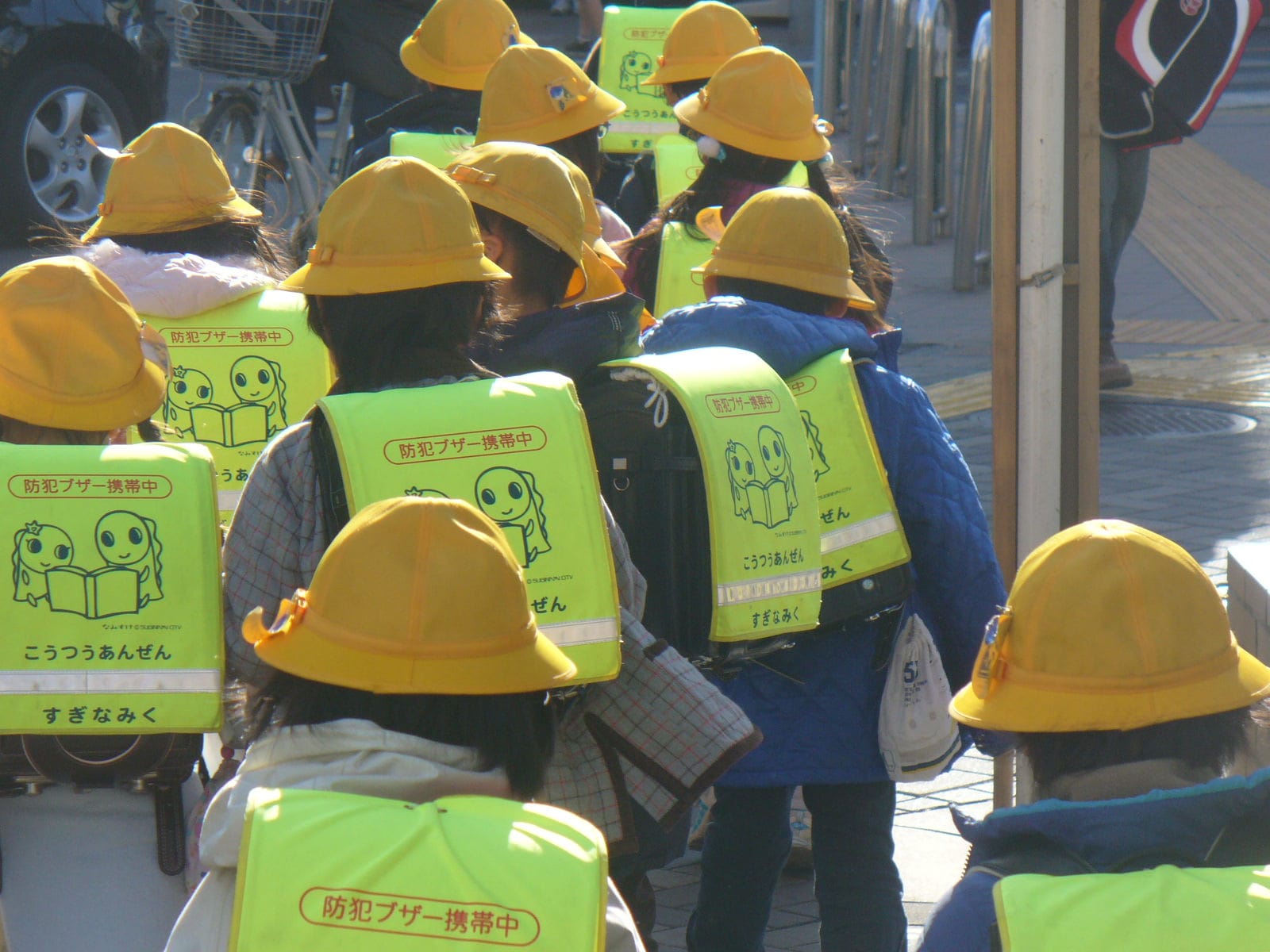
But why is it so expensive?
It’s valid to ask “What’s in a kid’s school bag for it to cost $400?!”.
In answering this question I realized just how much of our worldview is informed by everything we touch being mass produced. When we think of things like school bags, we imagine large machines in some factory in China spitting out pieces by the hundreds.
The randoseru is a little different.
A randoseru can have up to 200 die cut parts and polyurethane back plates, and are mostly assembled by hand, making it an expensive item to produce.
Every part is built and assembled with the utmost focus on quality and durability. After all, the bag needs to last throughout the six years of school, through rough and tumble, in the rain, in the humid summer, and in the snow. Take a look at how one of these manufacturers crafts one ↓
The User, the Buyer, and the Sponsor
In a brilliant exposition of the difference between the user, the buyer, and the sponsor, the randoseru is used by the grandchildren, bought by the parents, and paid for by the grandparents.
A recent survey uncovered that about 60% of randoseru purchases in 2022 were paid for by grandparents.
This brings interesting challenges. Grandparents, who went to school many decades ago, have their own ideas on what to buy. In their days, there existed only two types of randoseru (red for girls and black for boys) and customization was limited.
This sometimes creates friction between the generations, with kids not liking what their grandparents want for them.
Watch this video from a randoseru manufacturer encouraging children to choose what they want. The kids are first asked to choose what they think their parents would like them to buy. They are then asked to choose what they want to buy. The difference is telling.
(Tip: Turn on Auto-translate inside ⚙️ for subtitles)
But is a randoseru really necessary?
Curiously, there is absolutely no law, regulation, or rule that requires students to use a randoseru. It is one of those decades-old Japanese traditions has become the de facto choice.
No choice in life is devoid of downsides and there are a few with randoseru too.
Doctors are identifying a new class of problems as “randoseru symptoms”: a set of physical and mental issues caused by heavy and badly fitting randoseru.
In a survey by the Japanese Ministry of Education, today’s average randoseru, when fully loaded, weighs in at 6 kilograms (13.2 lbs.). That is a lot for a child to carry, especially since many children walk to school in Japan.
The priciness of randoseru also has many questioning the value. Why invest hundreds of dollars in a bag that is heavy and locks your child into a choice for six years? Worse, the cost of the randoseru also brings problems that it was originally meant to solve: it creates divisions between the richer and poorer children, paving the way for other issues.
A handful of Japanese towns have moved to cheaper, lighter alternatives. Some schools in Shimane prefecture have moved to city-provided lightweight nylon backpacks called ran-bags (yeah, don’t ask me how they name things in Japan). Unlike the randoseru, these cost a much more affordable 8,000 yen (57 USD), are lighter, and just as durable.
The Future?
I don’t expect that the randoseru will completely disappear, but look forward to how it evolves as more schoolwork moves to digital devices. Perhaps there will come a day when children simply walk empty-handed to school.
But seeing how Japan is doing with eliminating fax machines I am not holding my breath…

